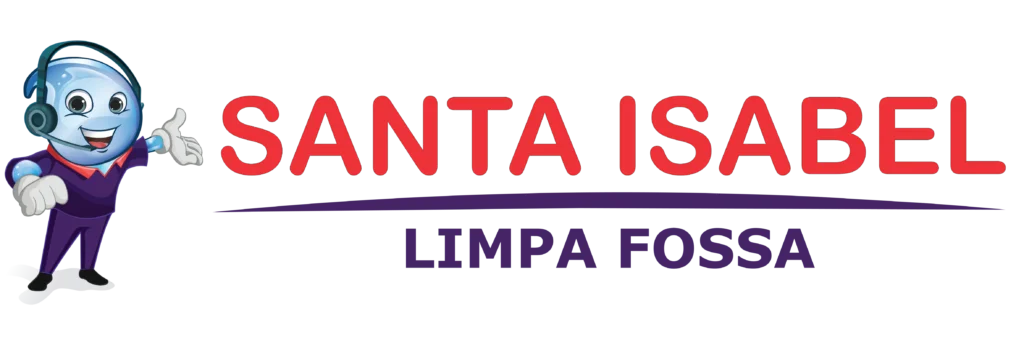Futures Trading: What It Is And How To Start
They don’t want the underlying assets but buy or sell futures based on their predictions about future prices. Market makers provide market liquidity by staying ready to buy and sell futures contracts at publicly quoted prices. By continually offering to buy and sell contracts, market makers help ensure enough volume for trades to be executed promptly, reducing market volatility and making it easier for investors to enter and exit their positions. Hedgers use futures contracts to mitigate the risk of price changes going too low when the time comes for them to sell an asset or increasing too much if they have to buy it later in the spot market. These traders include producers, consumers, or investors with exposure to the underlying asset who employ futures contracts to lock in prices, effectively insuring against price volatility.
They’re worried about what a fall in the price of wheat would mean for covering their bills while getting ready for the next season. So, they look for a way to lock in a price today to ensure that they have enough income. They know that by locking the price in, they might not profit as much if wheat prices go up, but stability is more important right now. Profitable futures are taxed on a 60/40 basis, meaning that only 40% of profits are taxed with the standard income tax rate, and the rest, 60%, is taxed as long-term capital gains. Investors should have a basic if not thorough understanding of how futures trading works before they begin. Knowing the benefits and drawbacks can spell the difference between success and loss.
Most investors think about buying an asset anticipating that its price will go up in the future. But short-selling lets investors do the opposite — borrow money to bet an asset’s price will fall so they can buy later how to buy quant at a lower price. NerdWallet, Inc. is an independent publisher and comparison service, not an investment advisor. Its articles, interactive tools and other content are provided to you for free, as self-help tools and for informational purposes only.
What is a futures market?
- To succeed in this approach, one needs a grasp of how the market operates, technical analysis skills, and the ability to make swift decisions.
- These points are just as valuable if you’re a novice investor or if you’re a seasoned pro.
- Suppose an airline wants to hedge against the risk of rising fuel prices.
- Hedgers, such as producers and consumers of commodities, can use futures in an attempt to fix prices, stabilize revenues or costs, mitigate the risk of price fluctuations, and add predictability to their businesses.
- As futures are leveraged, investors don’t have to put in the entire equity amount to enter the trade.
Futures speculation adds greater liquidity to the market since more parties are buying and selling. You can practice trading with “paper money” before you commit real dollars to your first trade. This is an invaluable way to check your understanding of the futures markets and how the markets, leverage and commissions interact with your portfolio. If one wheat futures contract includes 5,000 bushels, and it sells at $12,50 per bushel, it is worth $62,000 of wheat, meaning that you would need less than 5% to trade it. As brokers set them, they can also adjust them, and what is sql programming language the maintenance margin is primarily based on volatility. Before trading futures, investors need to know several key elements about futures contracts to help determine position size and manage risk.
While they don’t make up most futures traders, many protections in the market guard against speculators profiteering or causing volatility that would affect everyday consumers and other industries. For example, speculation in futures markets for agricultural commodities like wheat, corn, and soybeans has been linked to significant price swings. The 2007–2008 global food crisis is a textbook example, given the dramatic increases in the prices of these staples at the time, with weather conditions and biofuel demand initially thought to be the cause. Ultimately, speculative trades took more of the blame for the price increases that hit consumers just as the financial crisis of that year was about to wreak widespread havoc. For many investors, futures contracts, with their different terms and trading strategies, can be daunting.
Currencies
Someone wanting to hedge exposure to stocks may short-sell a futures contract on the Standard & Poor’s 500. If stocks fall, they make money on the short, balancing out their exposure to the index. Conversely, the same investor may feel confident in the future and buy a long contract – gaining a lot of upside if stocks move higher.
What are futures contracts?
They might speculate on price moves to profit from short-term fluctuations or hedge personal investments in other markets. Individual traders have different strategies, risk tolerance, and amounts of capital at stake. With the advent of electronic trading platforms, individual traders have easier access to futures markets, what are the most traded cryptocurrencies allowing them to participate alongside institutional investors. Measured by volume, most futures are traded by commercial or institutional entities. Of these, most are hedgers looking to cut their risk of financial losses, as in our examples thus far. Meanwhile, speculators trade futures contracts only to profit from price fluctuations.
What are futures?
Futures trading in metals enables price discovery and risk management, providing a way to lock in prices for future delivery or a cash substitute. Proprietary trading firms trade their own capital, not that of clients. These firms are in the business of making speculative trades to benefit directly from market moves. They are significant players in the market because of their aggressive trading tactics, sophisticated technology, and ability to take on substantial risks.
